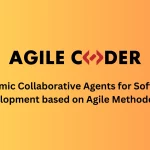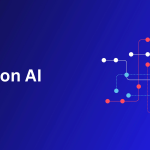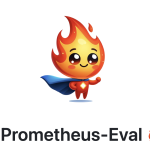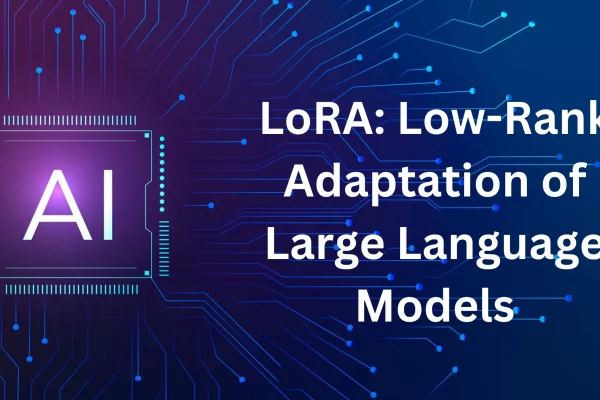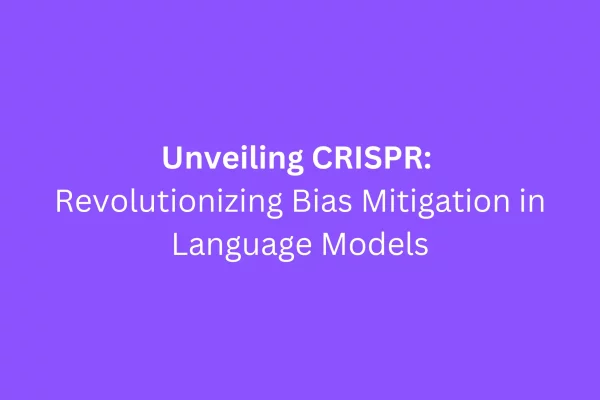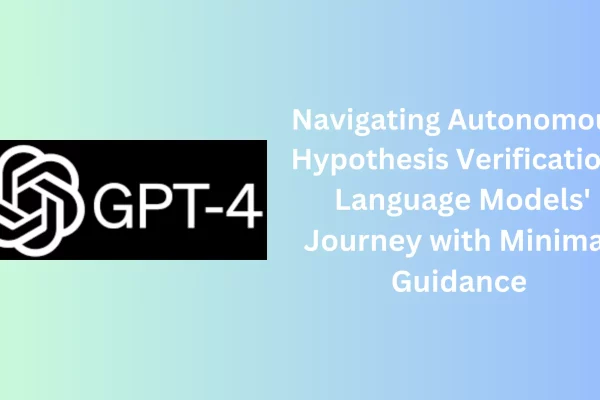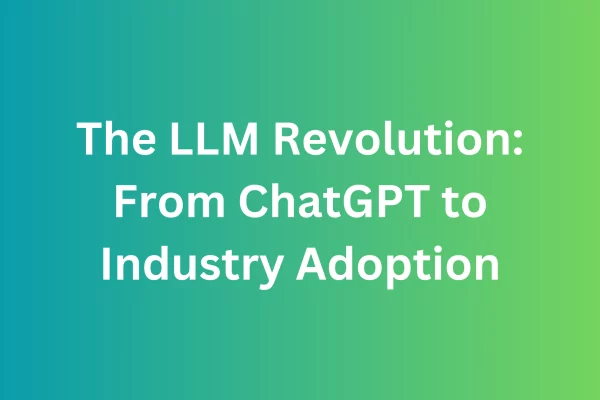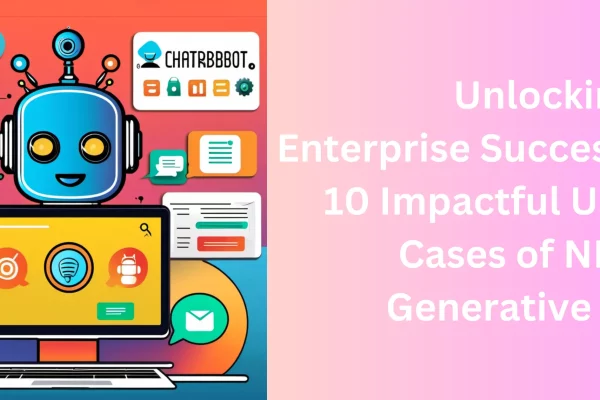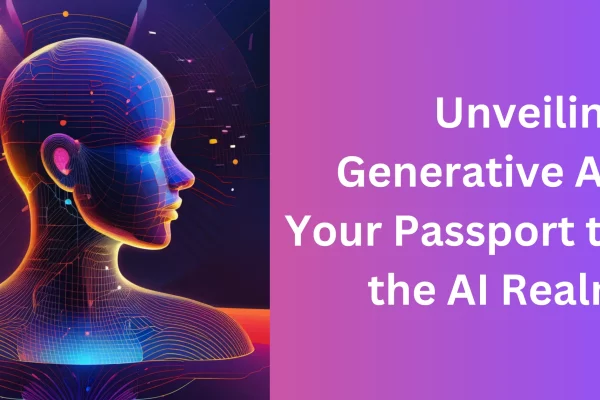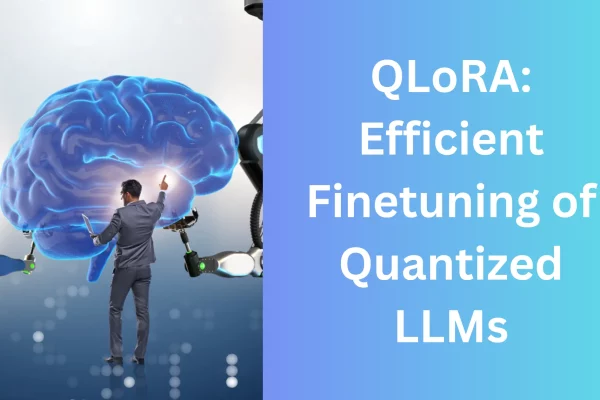
QLoRA: Efficient Finetuning of Quantized LLMs
The key innovation behind QLoRA lies in its ability to backpropagate gradients through a frozen, 4-bit quantized pretrained language model into Low Rank Adapters (LoRA). The resulting model family, aptly named Guanaco, surpasses all previously released models on the Vicuna benchmark, achieving an impressive 99.3% of the performance level of ChatGPT. Notably, this feat is accomplished within a mere 24 hours of fine-tuning on a single GPU.

